
Palestinian Refugees in Burj Barajneh Camp, Lebanon, Face Poverty Pressure.
AsarNews, Lebanon - Burj El-Barajneh camp was established in 1948 to accommodate refugees who fled from Galilee in northern Palestine. It has now become the most densely populated camp near the Lebanese capital, Beirut, according to the United Nations Relief and Works Agency (UNRWA), which is responsible for Palestinian refugees.
Burj El-Barajneh has seven schools, one health center, and over 17,945 registered refugees living in extremely difficult conditions. The camp also suffered greatly during the Lebanese Civil War in the 1970s and 1980s, with properties damaged and many people being displaced once again.
Located on the eastern coast of the Mediterranean Sea, Lebanon is a country with a strategic location as a meeting point between various Arab nations. It shares borders with Palestine and Syria, both of which have a long history of colonization, conflict, and territorial disputes, making Lebanon one of the main destinations for refugees.

Currently, Lebanon is the country with the highest number of refugees per capita and per square kilometer in the world. The number of refugees in Lebanon is estimated to reach 6.8 million people, which is 25 percent of the country's population.
The displacement of Palestinian refugees to Lebanon has been ongoing for a long time. History records that the largest initial wave of displacement occurred during the Nakba of 1948. At that time, around 750,000 Palestinians were expelled from their homes and became refugees. Among them, 100,000 people (14 percent) sought refuge in Lebanon, mostly from the regions of Acre and Haifa in northern Palestine, as a result of Zionist massacres in those areas.
In Lebanon, Palestinian refugees have reached a point of extreme hardship, reaching a state of hopelessness. Poverty, unemployment, and despair are prevalent throughout the country, affecting both the Lebanese population and Syrian and Palestinian refugees.
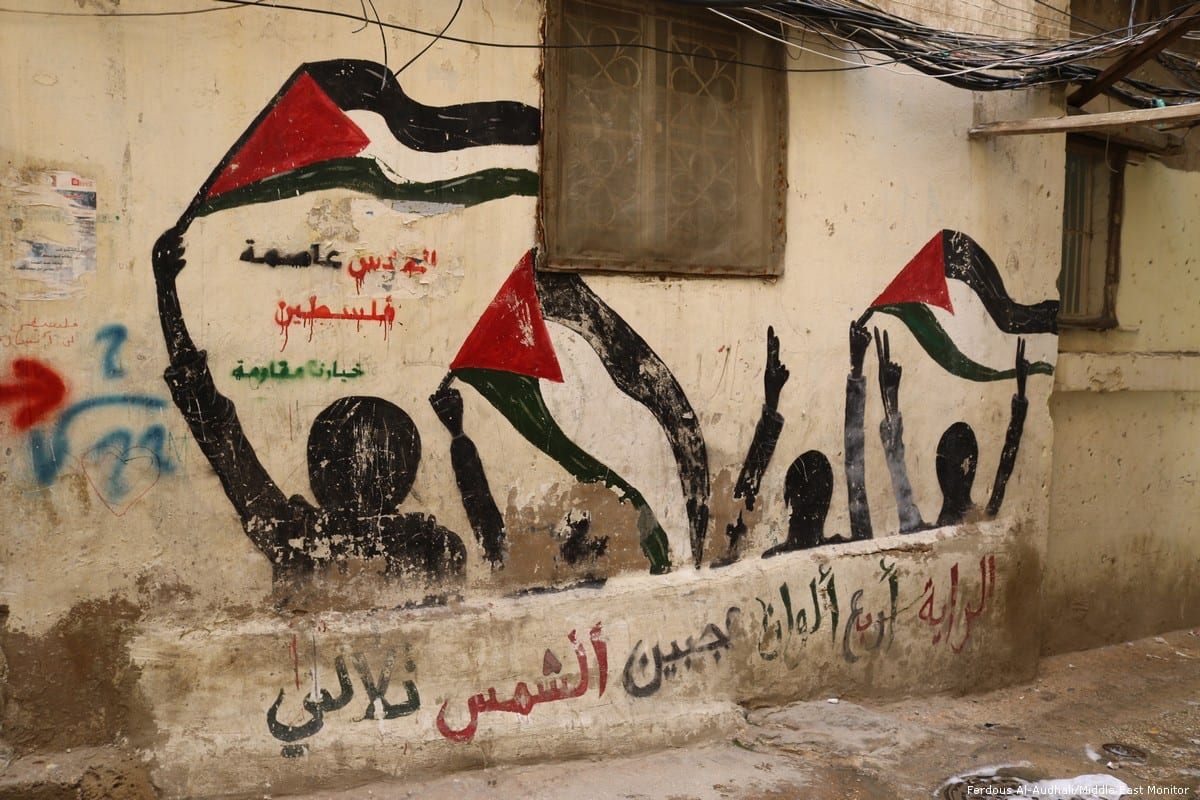
This occurs amidst one of the worst economic crises in recent history, exacerbated by the Beirut explosion in 2020, the COVID-19 pandemic, poor governance, and near-total collapse of basic services. Palestinian refugees, living in overcrowded camps, have historically been among the poorest in the country. They are hanging by a thread.
According to the latest UNRWA Crisis Monitoring Report on the Socioeconomic Situation of Palestinian Refugees in Lebanon, 93 percent of all Palestinian refugees in Lebanon live in poverty. While UNRWA has provided assistance, including cash aid and other basic services, our assistance is just a drop in the ocean of despair.
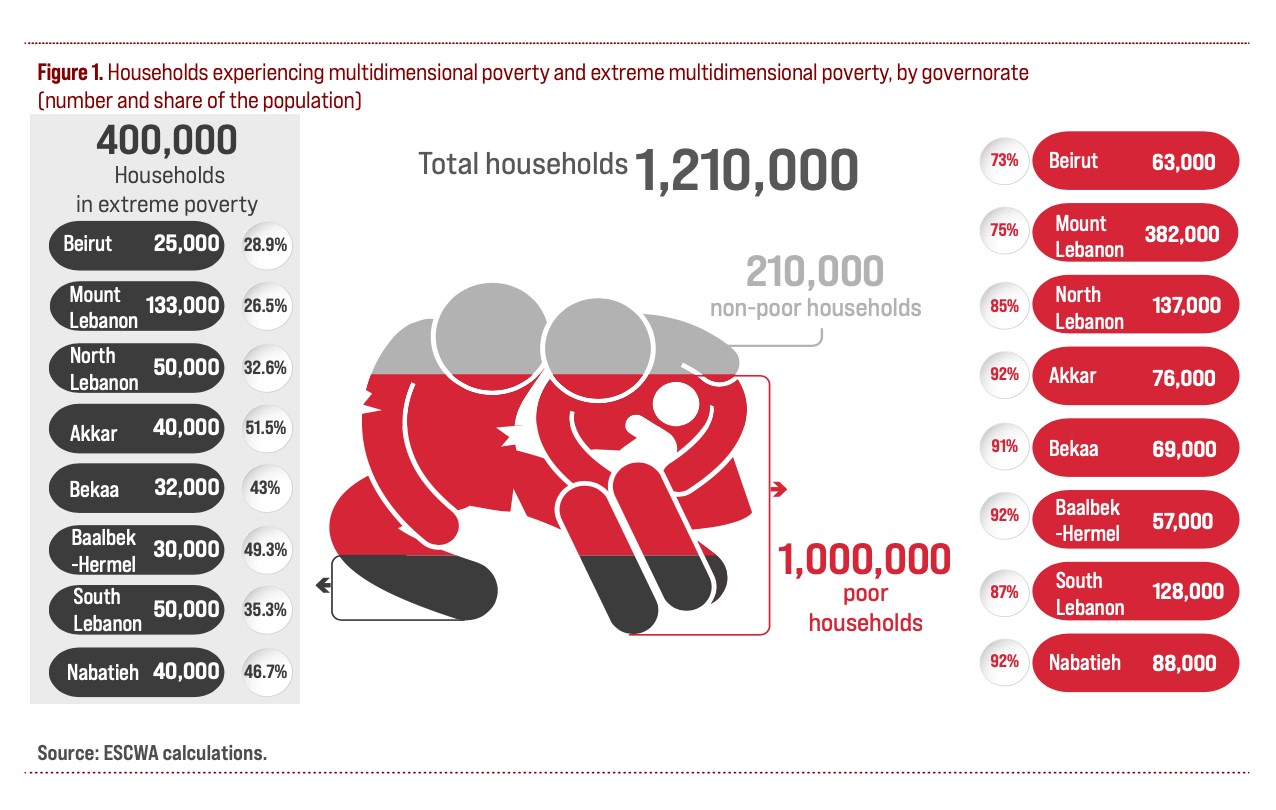
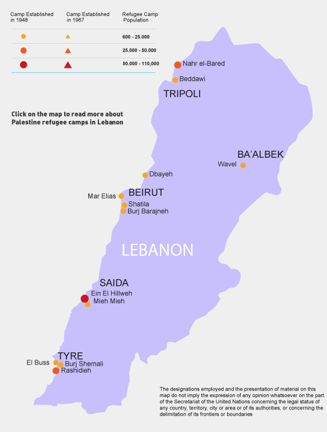
Essentially, Lebanon is not an ideal country to live in or seek new opportunities for a better life. Lebanese society has been in dire conditions with high levels of poverty. 53.1 percent of the Lebanese population is classified as multidimensionally poor, while 16.2 percent of the population is considered in extreme poverty. This data is based on a survey conducted in 2018-2019, which assesses five dimensions: education, health, security, finances, infrastructure, and basic living standards.
The United Nations Relief and Works Agency for Palestine Refugees (UNRWA) defines Palestinian refugees as "persons whose normal place of residence was Palestine during the period from 1 June 1946 to 15 May 1948, and who lost both their homes and means of livelihood as a result of the 1948 conflict." Under international law, Palestinian refugees have the right to return to their original homes.
To address this, the UN established the United Nations Conciliation Commission for Palestine (UNCCP) with a mandate to realize the right of return for the Palestinian people. However, the UNCCP has never succeeded in fulfilling this task. To this day, more than 75 years after the Nakba, Palestinian refugees have not been able to exercise their right to return.
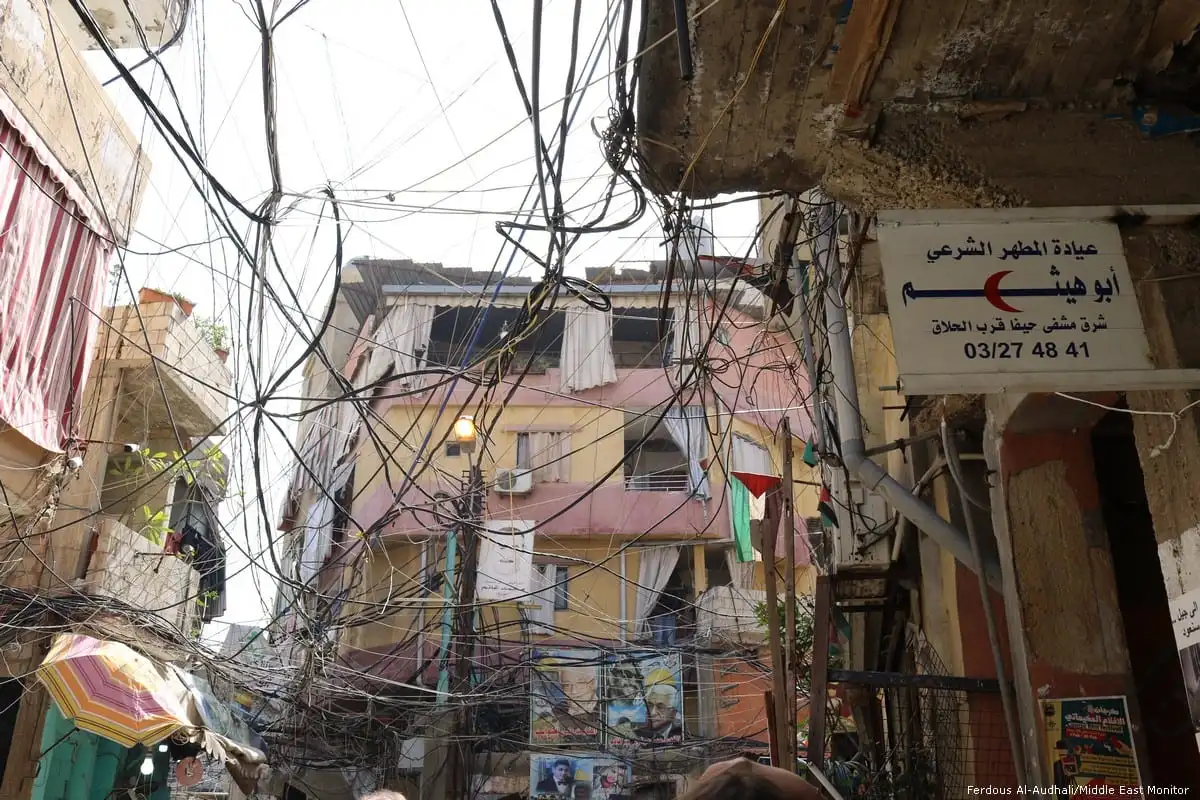
According to official UNRWA records, Palestinian refugees in Lebanon number over 479,000 individuals. They are dispersed across 12 refugee camps, accommodating around 45% of the total refugee population in Lebanon. The conditions in the refugee camps in Lebanon are dire, characterized by overcrowding, poor housing conditions, unemployment, poverty, and a lack of access to rights and justice due to their non-citizen status.
The "Lebanon 2021 Multi-Sector Needs Assessment (MSNA)" report found that Palestinian refugees in Lebanon are the group facing the most critical living vulnerabilities. 59% of Palestinian refugees reported a monthly income of less than 2.4 million LBP (Lebanese Pound) or less than 109 USD. This percentage is followed by other immigrants at 51%, and Lebanese citizens at 44%, who have similar income levels.
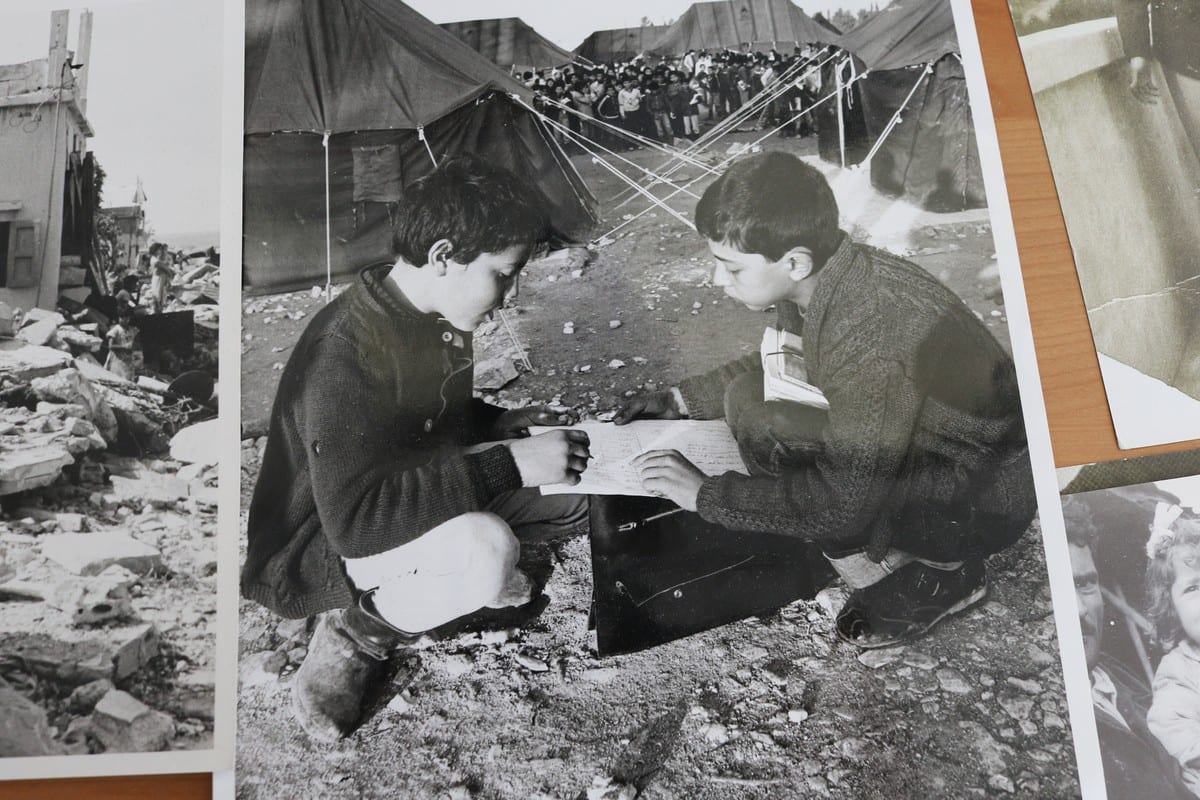
Ultimately, limited access to livelihoods and economic vulnerability have a significant impact on household food security. The results of the MSNA indicate that the majority of households lack access to sufficient food. Furthermore, the reduction in wheat supplies due to the Ukrainian crisis and the ongoing inflation are likely to further increase household food vulnerability in Lebanon.
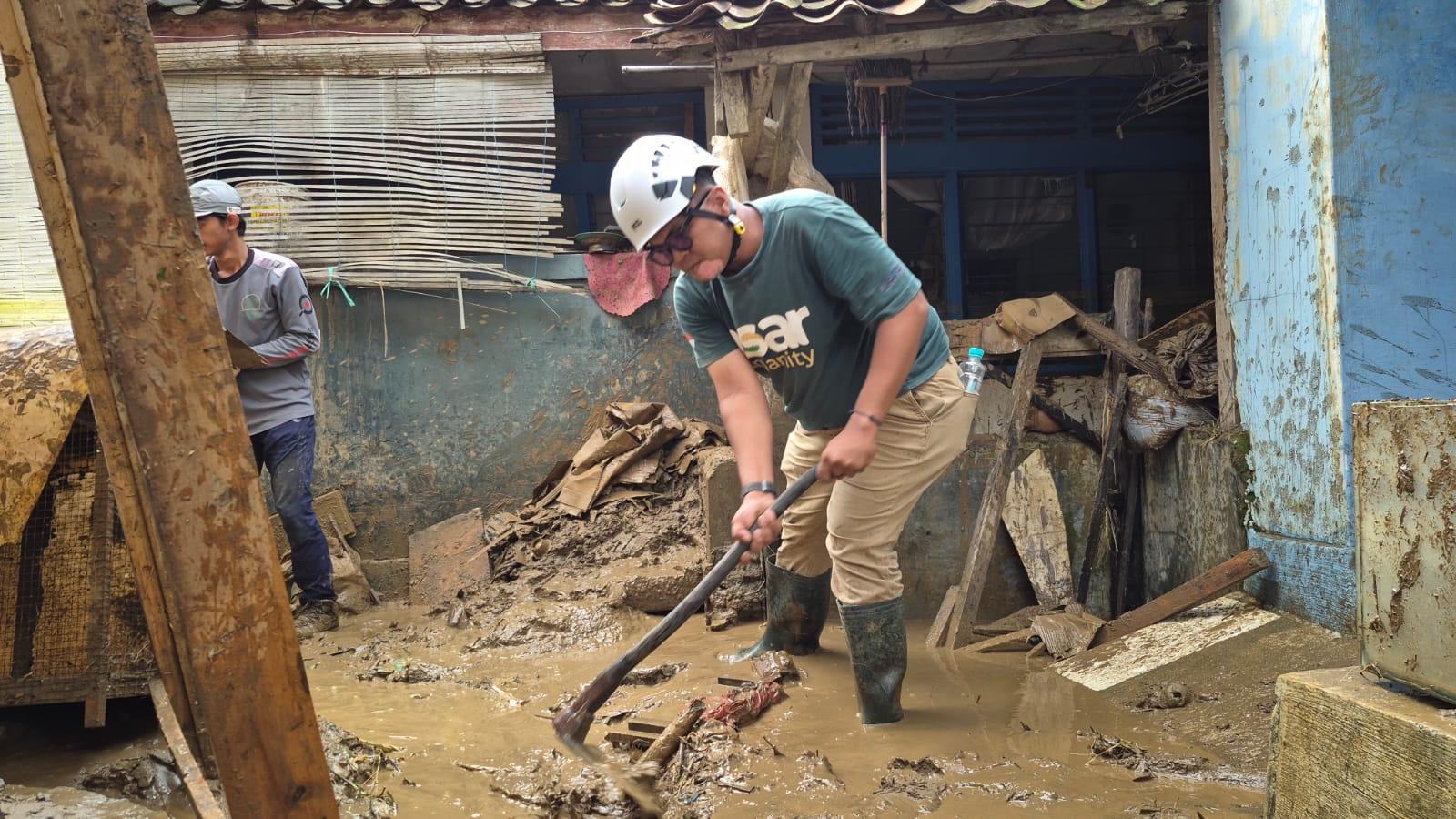
ASAR Humanity Lakukan Emergency Respons Banjir Bandang di Sukabumi
Diposting pada 29 October 2025
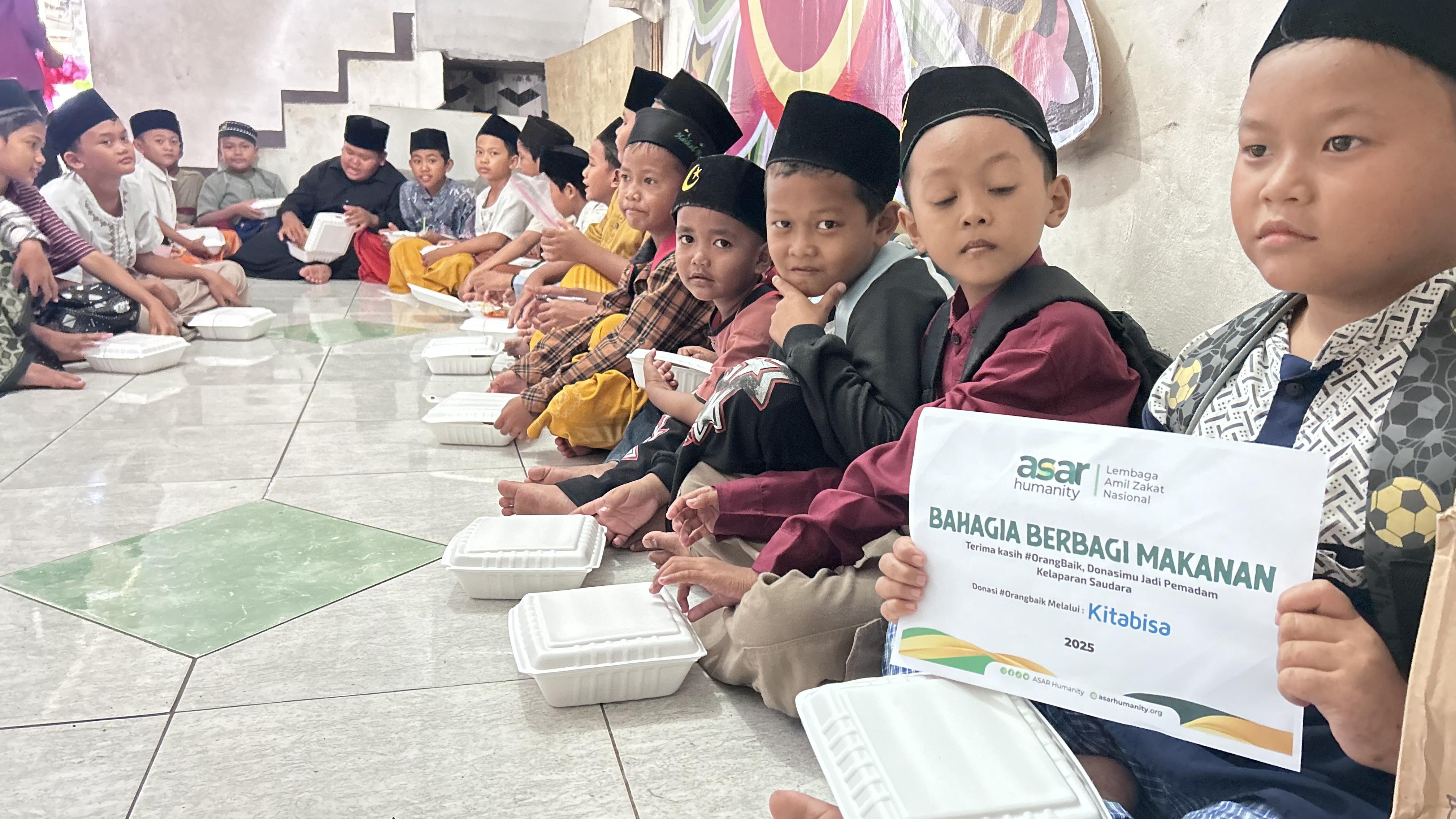
Bahagia Berbagi Makanan Bersama ASAR Humanity untuk Santri dan Guru Ngaji
Diposting pada 28 October 2025
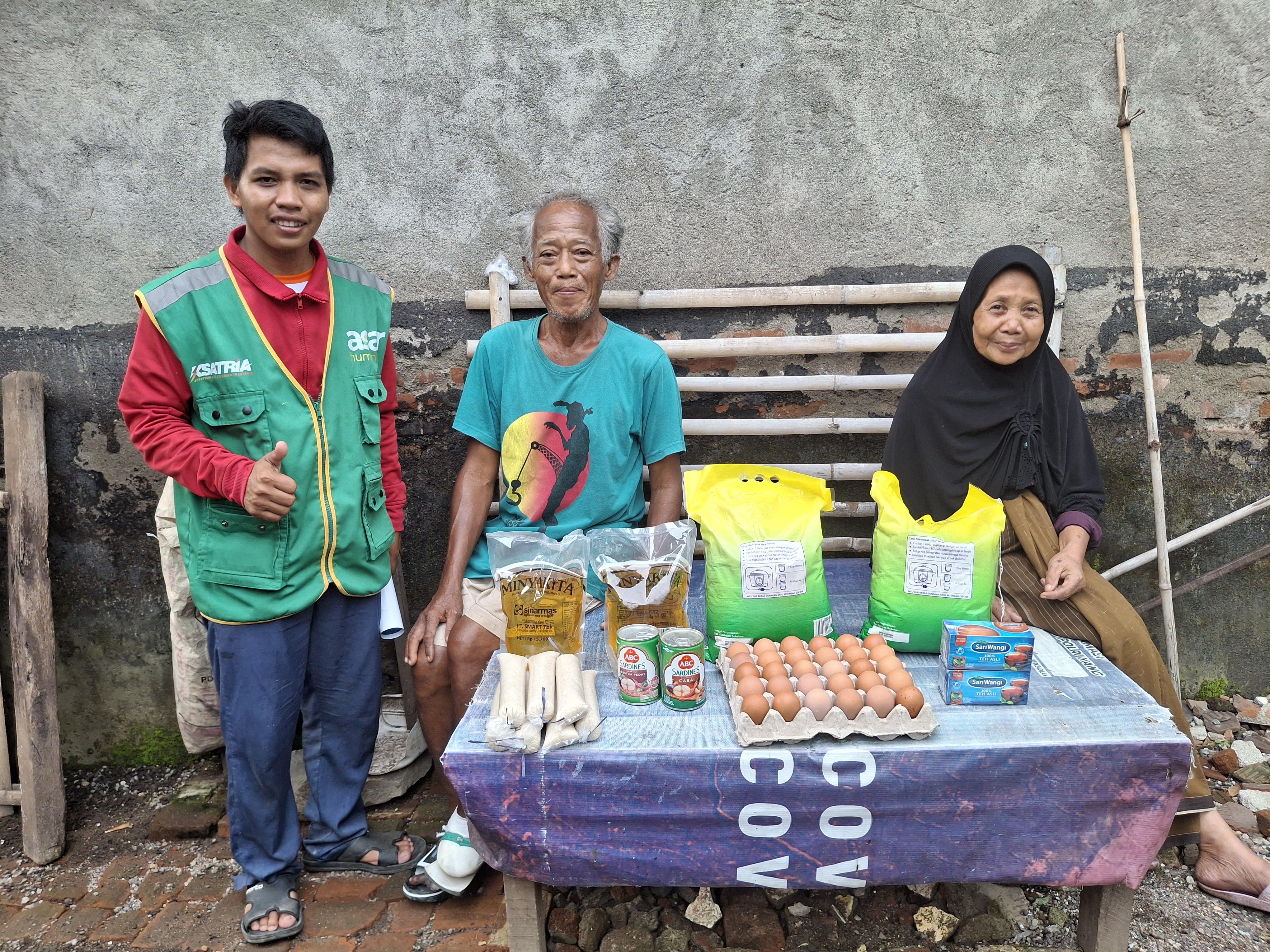
Zakat: Bukan Sekadar Kewajiban, Tapi Jalan Kemanusiaan
Diposting pada 24 October 2025
Hangatnya Kepedulian dari Indonesia untuk Palestina
Diposting pada 24 October 2025